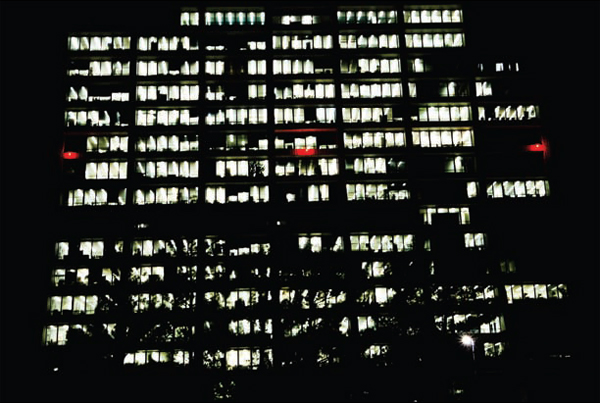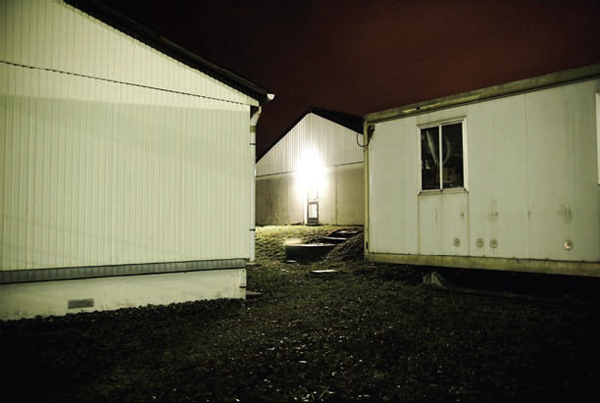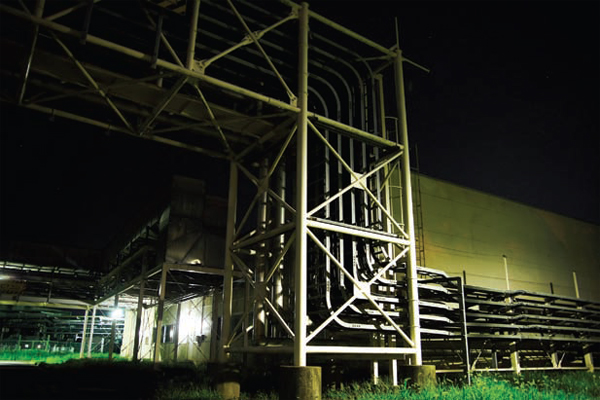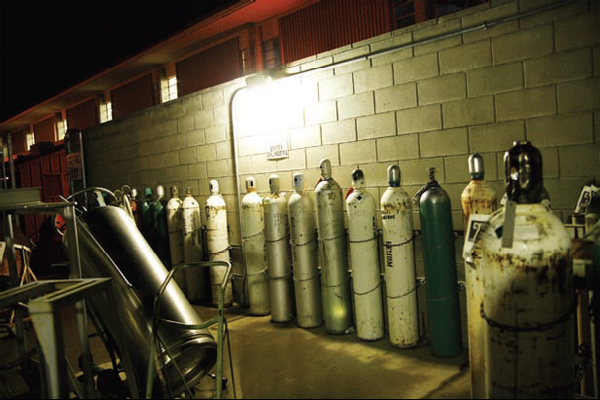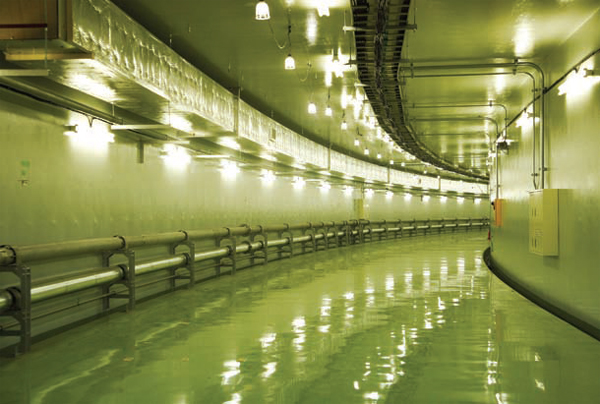Gallery: Satoru Yoshioka
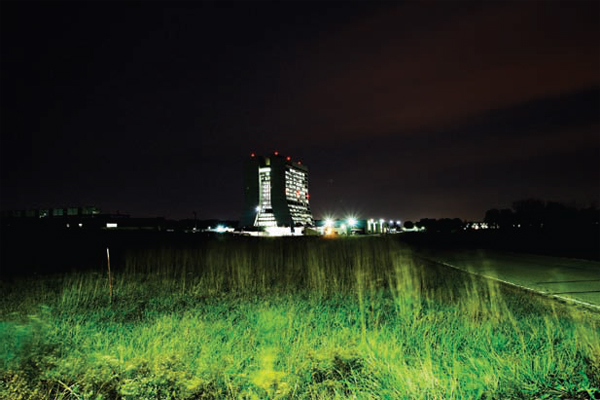 |
An extraordinary eye for the everyday
Text by Glennda Chui
Photography by Satoru Yoshioka
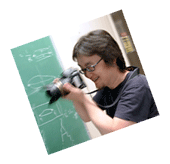 |
The two facets of Satoru Yoshioka's work could not be more distinct.
His black-and-white Polaroid photographs have been exhibited in the United States, Japan, and Europe. They range from distorted, enigmatic images of people to wall-sized projections of Nagasaki's Fountain of Peace and the war-strafed streets of Sarajevo, both part of an 2001 art project at The Museum of Art in Kochi, Japan, his home town. “I wanted to express a sense of never-ending time with never-ending human tragedies in this work,” he wrote on his Web site.
Meanwhile, Yoshioka has been traveling the world taking pictures of high-energy physics labs-inside and out, in daylight and in the spooky glow of artificial lighting at night. People rarely appear in these photos, which instead focus on equipment, everyday work areas, streets, landscapes, and buildings.
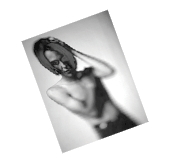 |
“I want to use photography to do art. That's the way I started, actually,” says Yoshioka, an ebullient man who will sometimes spend hours getting a photo just right. “That's still the focus, but it's changing a little bit.”
With his physics photos, he says, he hopes to make “a kind of record of the ordinary person looking at such a special place.” Most visitors focus on the big detectors and other spectacular sights, he adds, “but they don't imagine just a street or a building. So I wake up in early morning and walk around taking pictures and put them on the Web site.”
Yoshioka studied photography at Palomar College in San Diego and was one of a select group of photographers chosen for the European Photography '90 exhibition, which opened in Berlin the day after the Wall fell. His love of particle physics goes back to 2005, when a friend who worked at Stanford Linear Accelerator Center in California arranged for him to see the lab.
Since then, he has prowled CERN, the European particle physics center in Geneva, Switzerland; KEK and J-PARC in Japan; and Fermi National Accelerator Laboratory in Illinois, one of many stops on a honeymoon tour of the United States that included New York City and Niagara Falls.
|
“I went to CERN and these machines are so huge,” Yoshioka says. “It's just amazing, it's beyond my imagination, and it's beautiful.”
Like his black-and-white Polaroids, his digital images of physics labs are often manipulated. By changing the contrast or intensifying colors, he creates his own interpretation of a scene.
Yoshioka seeks out obscure places and details-things that are hard to find on an official lab tour, which in any case would not give him nearly enough time to get the shots he wanted. But with his outgoing nature, he often finds someone who will take him around and give him all the time he needs.
At J-PARC, for example, “the people were really, really friendly, and they were so eager to show me–’Come this way!'” he says. His unofficial guides, including accelerator physicist Masakazu Yoshioka, showed him deep inside the lab, allowing him to photograph empty rooms that would soon fill up with equipment: “That was really fortunate, to get a really deep insight into the facility.”
In August, Yoshioka was invited to show his work at the UCLA-KEK-Sokendai International Symposium and Workshop, which focused on strategies for studying contemporary science in Japan and in the United States. His photos are featured on a 2008 KEK calendar designed by his wife, Ayako-it is for limited distribution, not available to the public-and hundreds are displayed on his Web site, www.sypi.com.
|
|
|
|
Click here to download the pdf version of this article.



